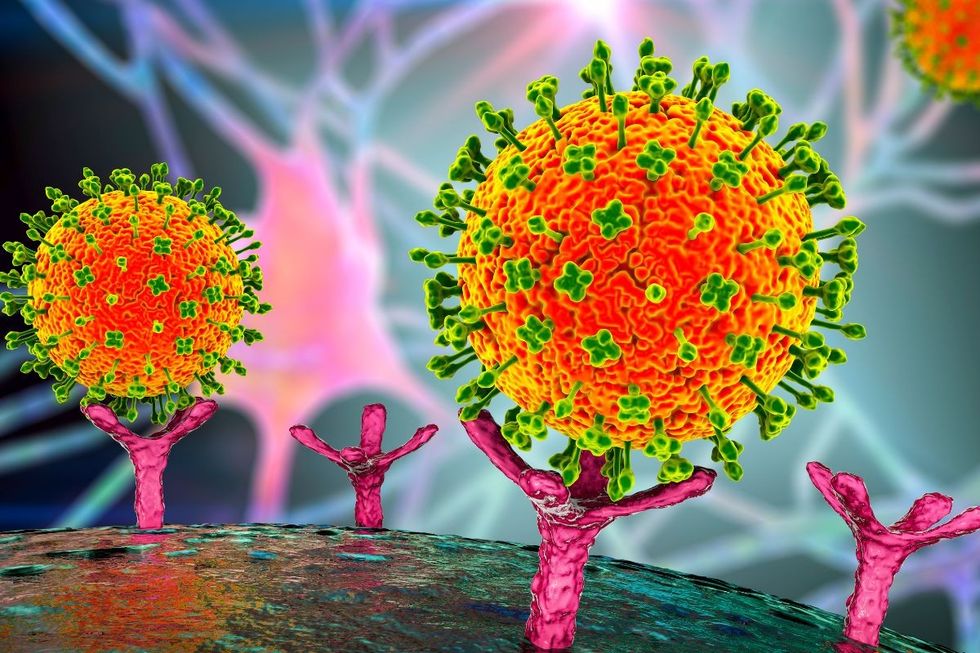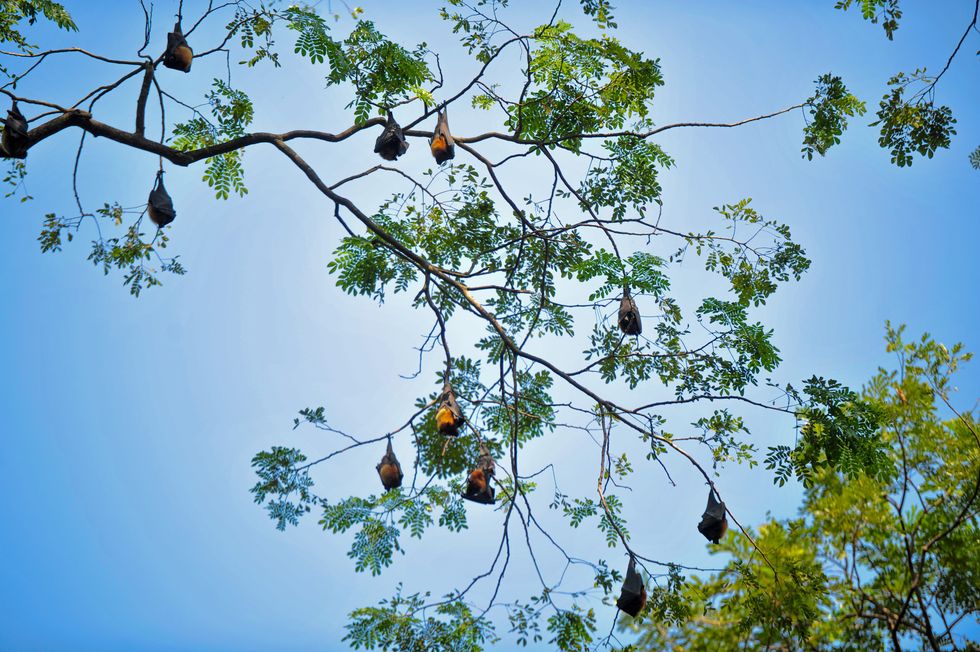Scientists offer major update on killer virus with 85% fatality rates and 'pandemic potential'

The Nipah virus poses an extraordinary threat to human health
Don't Miss
Most Read
Latest
Scientists at the University of Oxford have achieved a significant breakthrough in their fight against one of the world's deadliest viruses.
Their vaccine for the Nipah virus has secured fast-track support from the European Medicines Agency's Prime scheme.
The regulatory programme aims to accelerate the delivery of treatments to patients through enhanced collaboration with regulators.
Oxford has become the first UK academic institution to gain access to this prestigious scheme.

The virus has fatality rates reaching up to 85 per cent of those infected
|GETTY
The university confirmed that the additional support "has been granted on the basis of compelling preclinical data and preliminary clinical evidence, and will help to accelerate the development and regulatory approval" of the vaccine.
The virus poses an extraordinary threat to human health, with fatality rates reaching up to 85 per cent of those infected.
The World Health Organization has classified it as a research priority "due to its pandemic potential".
Initial symptoms include fever, headaches, pain, vomiting and sore throat. However, the disease can progress to cause fatal brain swelling in severe cases.
The virus spreads through multiple pathways. Humans can contract it from infected animals, particularly bats and pigs, or through contaminated food products.
Direct human-to-human transmission is also possible, heightening concerns about its outbreak potential.
The EMA noted that "the increasing frequency of human encounters with fruit bats and spillover into densely populated areas is expanding opportunities for Nipah virus transmission".
The Oxford vaccine programme is currently undergoing phase 1 testing, building on encouraging preclinical results.
The university's achievement in accessing the Prime scheme represents a major advancement for UK academic research.
Professor Brian Angus, chief investigator of the Oxford Nipah Vaccine Programme at the Oxford Vaccine Group, said: "This targeted regulatory support for our vaccine programme is a huge boost to the search for a solution to Nipah virus outbreaks."
"We are hopeful that the results of these trials will pave the way for us to be able to protect some of the populations most at risk, while also helping the world avoid a future global pandemic."
LATEST DEVELOPMENTS:

Bats are believed to be one of the carriers of the Nipah virus
|GETTY
The Nipah virus was first identified during a 1999 outbreak amongst pig farmers in Malaysia. Bangladesh recorded its first cases in 2001, with outbreaks occurring almost annually since then.
Eastern India has also experienced cases of the disease. Evidence of the virus has been detected in bat populations across numerous countries, including Cambodia, Ghana, Indonesia, Madagascar, the Philippines and Thailand.
The EMA acknowledged the severity of the threat in its confirmation letter to Oxford researchers.
"Nipah virus disease in humans is associated with significant morbidity and a high mortality rate and consequent public health impact," the agency stated.










